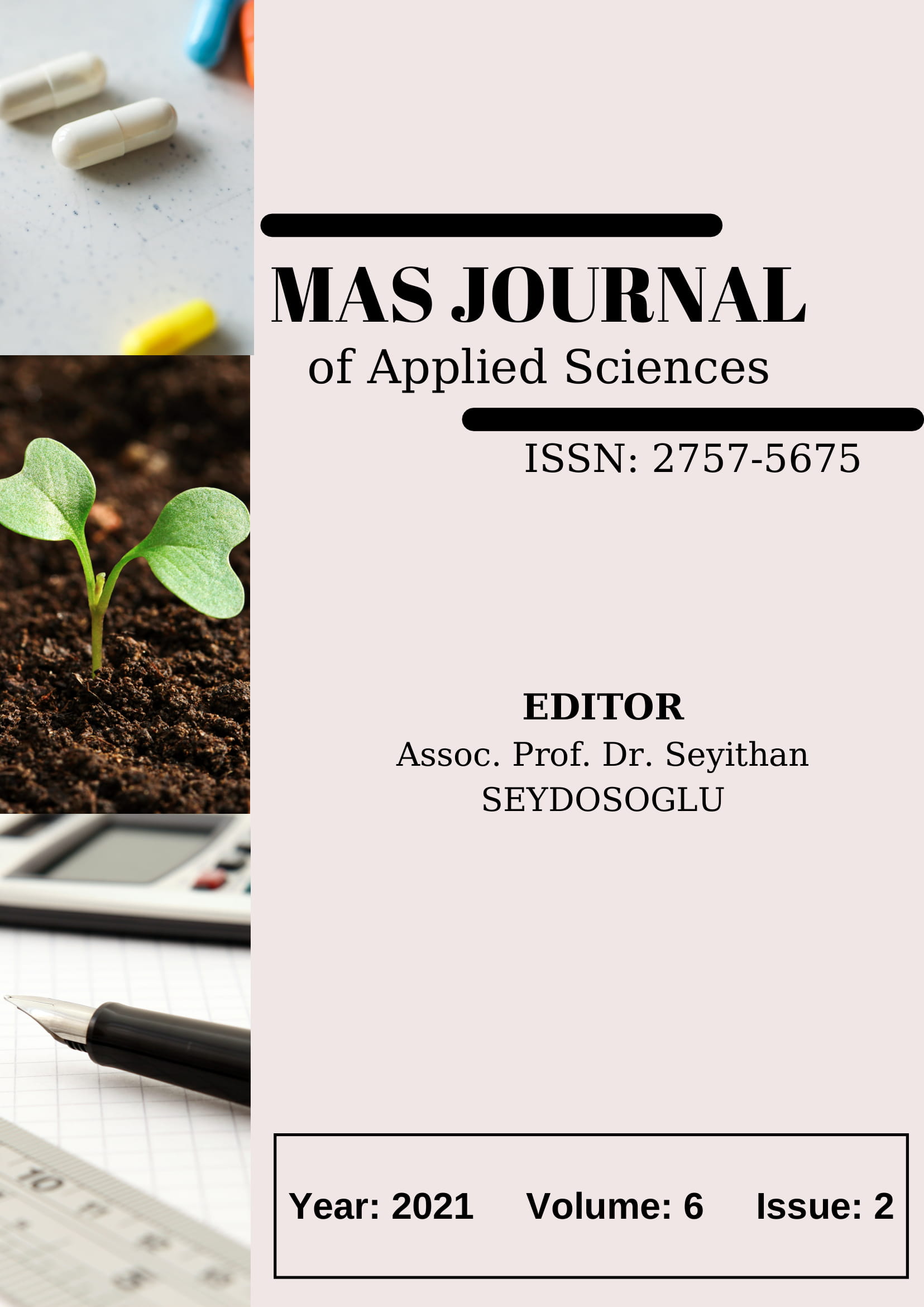Evaluation of Sweet Sorghum Bagasse as an Alternative Feed Resource for Livestock in Semi Arid Regions
DOI:
https://doi.org/10.52520/masjaps.50Keywords:
Bagasse yield, dry matter, quality, silage, sweet sorghumAbstract
Production of good quality fodder is of a great importance for the economical livestock. The objective of this proposal is to evaluate the potential of sweet sorghum bagasse as an alternative feed resource for livestock. The research was conducted at Akcakale/Sanlıurfa from June to November in 2016 and 2017 according to randomized complete block design with four replications. Harvest was performed between milk and soft dough stages. After the leaves and panicle of the plant were stripped, sap-extracted plants (bagasse) were ensiled and silage quality attributes were also determined. There were statistically significant differences in sweet sorghum genotypes in terms of bagasse yield and all examined feed quality characteristics. Depending on two-year averages; bagasse yield, dry matter (DM) yield, crude protein (CP) ratio, acid detergent ligin (ADL), neutral and detergent fiber (NDF), and acid detergent fiber (ADF) were ranged from 51.9-86.7 t ha-1, 12.1-21.7 t ha-1, 35.39-45.61 g kg DM, 40.58-78.88 g kg DM, 473.0-653.0 g kg DM, and 273.3-431.6 respectively.It is concluded that the silages of sweet sorghum bagasse which were grown the 2nd production conditions in semiarid region can be considered as roughage.
Downloads
Published
How to Cite
Issue
Section
License
Copyright (c) 2021 The copyright of the published article belongs to its author.

This work is licensed under a Creative Commons Attribution-NonCommercial 4.0 International License.


